Multi-Scale Methods for Heterogeneous Materials
F. Legoll, R. Cottereau, L. Graham-Brady , M. Ostoja Starzewski
The simulation of the behavior of heterogeneous materials presents daunting challenges. For some structured materials (e.g. periodic), it is possible to derive analytical results through the classical theory of homogenization that are amenable to efficient computational approaches. For the simulation of more realistic materials, many numerical methods (e.g. MsFEM, the HMM and the FE2) have been developed over the recent decades. They often rely on the solution of fine-scale problems over small sub-domains, along with the use of this information at the micro-scale in a macroscopic solver. In this mini-symposium we will focus on the latest developments of these methods.
The situation is even more challenging when it comes to random hetero- geneous materials. Even when the micro-structure satisfies suitable assump- tions (such as statistical homogeneity) allowing the homogenization theory to be used, the practical computations remain extremely costly. A standard approach is to consider an RVE as large as possible, so as to compute an approximate homogenized coefficient - a procedure which admittedly has various errors and drawbacks. In general, the use of multi-scale numerical methods in the context of stochastic materials will be reviewed and discussed and new methods introduced.










